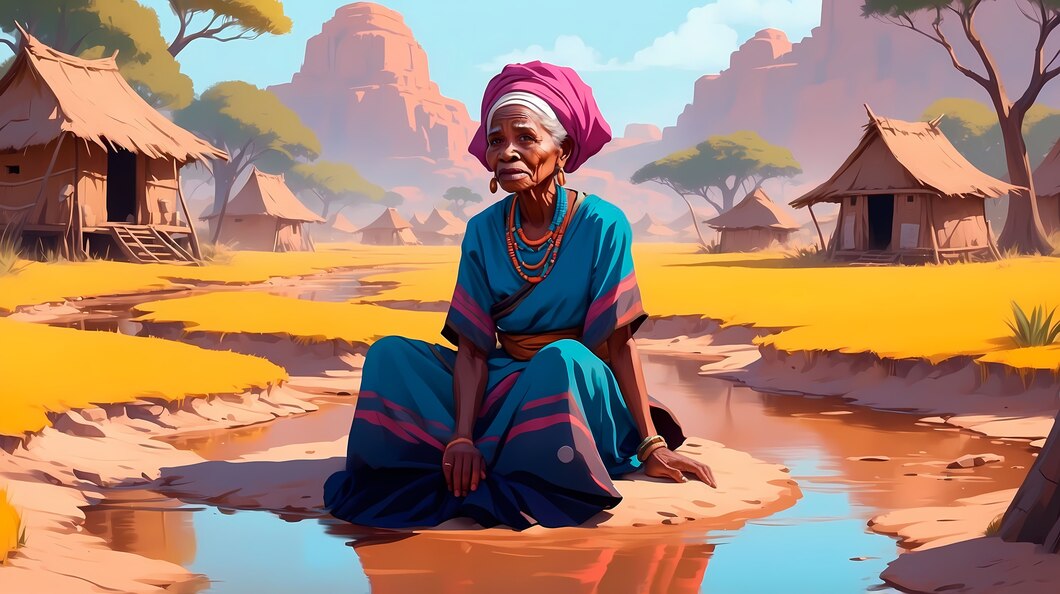By Naima Idris
Land is an important heritage asset passed down through generations. They do not only symbolize wealth but hold a value much deeper, connecting people to their history, culture and identity. On these lands, people build their shelters and uphold different livelihood activities such as farming, herding, etc.
At Kililana village in Lamu County, civilians have been battling with the county government for their land rights. For generations, though without a formal title, the villagers have occupied these lands that were passed down to them by their ancestors. Nonetheless, a conflict is brewing between the villagers and state agencies claiming acres of their lands for the Lamu Port-South Sudan-Ethiopia-Transport (LAPSSET) Corridor project
Since the onset of the LAPSSET project, many villagers have found themselves pushed aside and displaced, leaving them in a situation where they are uncertain about their future. Despite their efforts to retain their communal lands and filing a petition at the Environment and Land Court in 2017, the petition was dismissed as the lands were designated as public property allocated to support national development projects.
This ruling was a devastating blow to the villagers as they were harassed and forcefully evicted from their homes. The government, through the Ministry of Lands, needs to revisit the Community Land Act (2016), which formally recognizes community land rights. This process should be carried out transparently, ensuring community engagement and participation.
This issue highlights the broader challenge facing Kenya’s land governance system – a tension between formal and informal land ownership claims. Such cases call for a more humane approach, as major developments should aim at benefiting the locals and not at the cost of displacing the very people it aim to uplift.
The Kililana land dispute is one among many injustices continuing to plague many communities across Kenya, in the name of major infrastructural development projects. As the nation strives towards economic development, it should also value the people who have occupied these lands for generations.






